Julia James murder: How gamekeeper's photo helped catch killer
- Published

Julia James's dog, a Jack Russell called Toby, was found by her side
Police community support officer (PCSO) Julia James had been out for a walk with her Jack Russell, Toby, when she was brutally attacked by 22-year-old Callum Wheeler using a railway jack.
She was found with "unsurvivable" head injuries in woods near the hamlet of Snowdown. Her dog was found sitting faithfully next to her body.
It has since emerged she met her killer a few months earlier, while on another walk, telling her husband afterwards how "weird" he had been.
Wheeler admitted killing Julia but denied murder. The jury at his trial didn't agree.
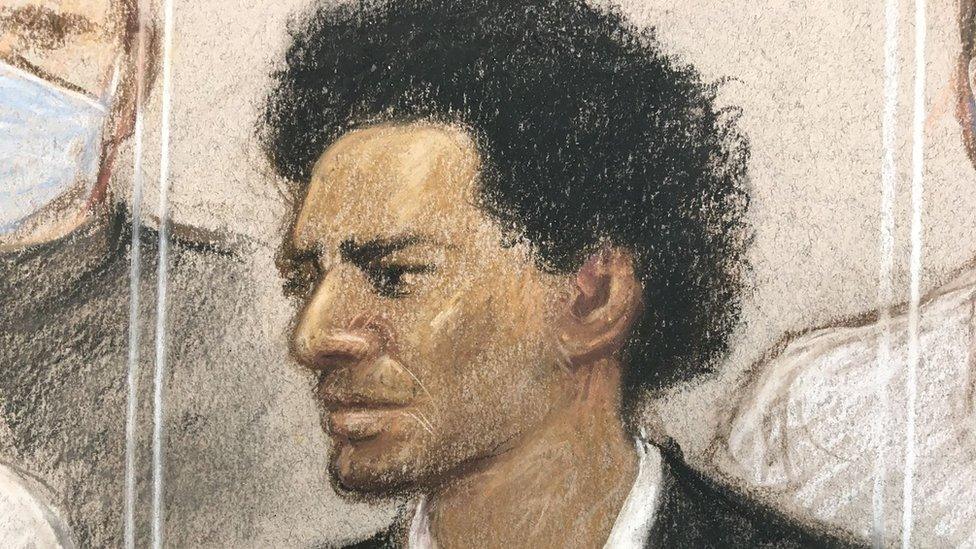
Callum Wheeler was found guilty of murder by the jury at Canterbury Crown Court
After Mrs James's body was discovered, the small former mining community of Snowdown and its surrounding area quickly became the focus of a vast and complex murder investigation.
"It was clear it was a Category A murder investigation," said Det Supt Gavin Moss, who was put in charge of leading it. "It was of grave public concern and would require a significant resource."
The place was soon swarming with police. For days, teams of officers searched extensive areas of fields and woodland. Helicopters and drones hovered overhead.
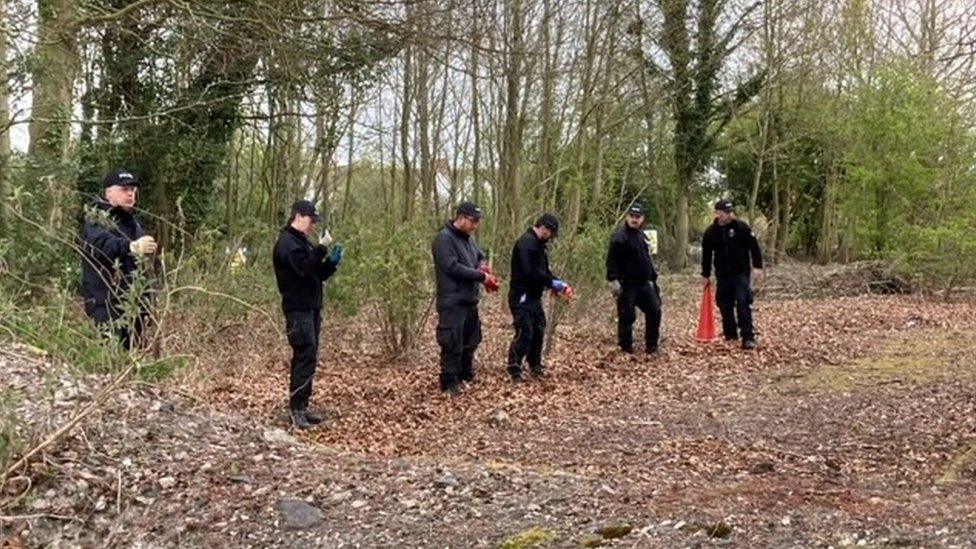
Kent Police officers carried out searches of the surrounding woodland
Such was the enormity of the investigation, Kent Police asked other forces for support. The National Crime Agency also helped, giving advice on specialist forensic search techniques. The search for clues went on for 33 days.
It quickly became apparent to the investigating team that there wasn't a single eyewitness to the brutal attack on Mrs James. No-one had seen her from when she left her house on the afternoon she was killed.
Mr Moss says officers did not have the "luxury" of CCTV from the crime scene. And so, alongside extensive searches, police turned to the public for help. Appeals were made and some 1,400 people came forward with information. More than 2,500 houses were visited.
There was also more than 6,700 hours' worth of footage from CCTV, dashcams and doorbells to be looked at.
Everything, the detective says, was "examined in microscopic detail".
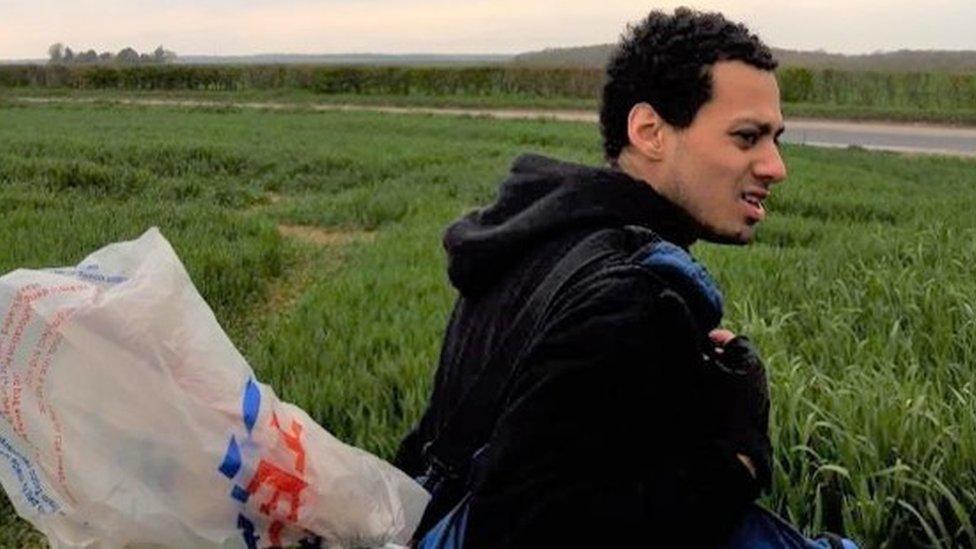
Gamekeeper Gavin Tucker photographed Wheeler near Ackholt Wood
It was gamekeeper Gavin Tucker who provided a breakthrough in the investigation.
He took a picture of Wheeler near the crime scene the day after the murder, carrying the weapon covered in a plastic bag.
Mr Tucker handed the photo and dashcam footage to the police.
Dashcam footage shows Callum Wheeler in the area where Julia James died
Officers asked other law enforcement agencies across the UK for help to identify the man, but to no avail.
Ten days after it was taken, a cropped version was released to the public. Later that evening Wheeler was arrested.
It was "absolutely crucial in identifying Callum Wheeler", says Mr Moss of the photo.
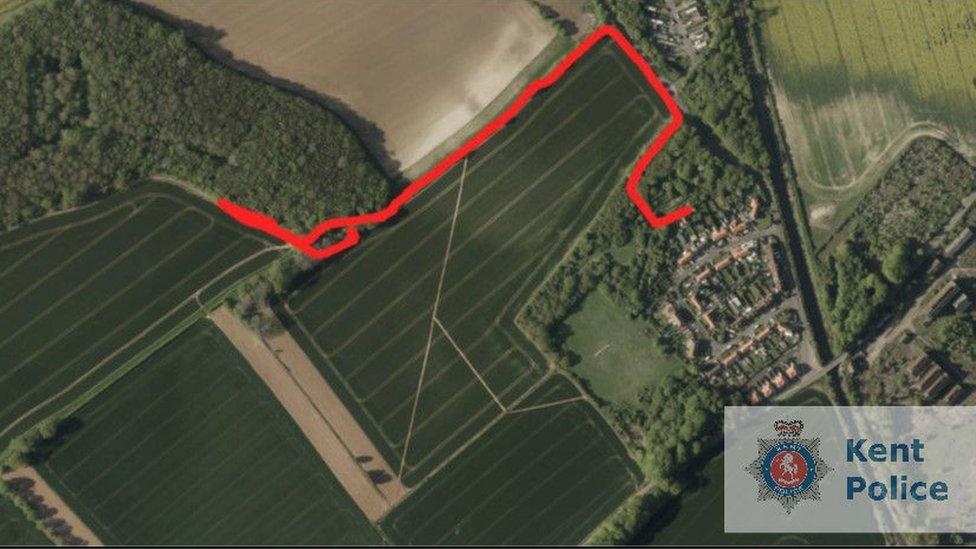
Police used data from Julia James's smart watch to trace her final walk
With no CCTV at the crime scene, it was Mrs James's Apple smartwatch that provided detectives with a wealth of information. "It helped us understand Julia's movements," Mr Moss says.
At the trial, at Canterbury Crown Court, jurors heard how the watch caught the moment Mrs James tried to escape her killer.
Prosecution barrister Alison Morgan QC said the 53-year old's heart rate had been "relatively stable" at 97 beats per minute before the attack.
Moment later, Ms Morgan said, it had "launched" to 145 beats per minute.

CCTV cameras caught Wheeler walking in Ratling Road 27 April
Mrs James did not know her killer, but it would later emerge she had come face to face with him in the weeks before she was murdered.
In February 2021, she told her husband she had passed a "really weird dude" while out walking. On another occasion, Mr and Mrs James were together when she saw him again and pointed him out.
Just over two months later, Mr James would be providing a description for the police to create an e-fit image of his wife's killer.
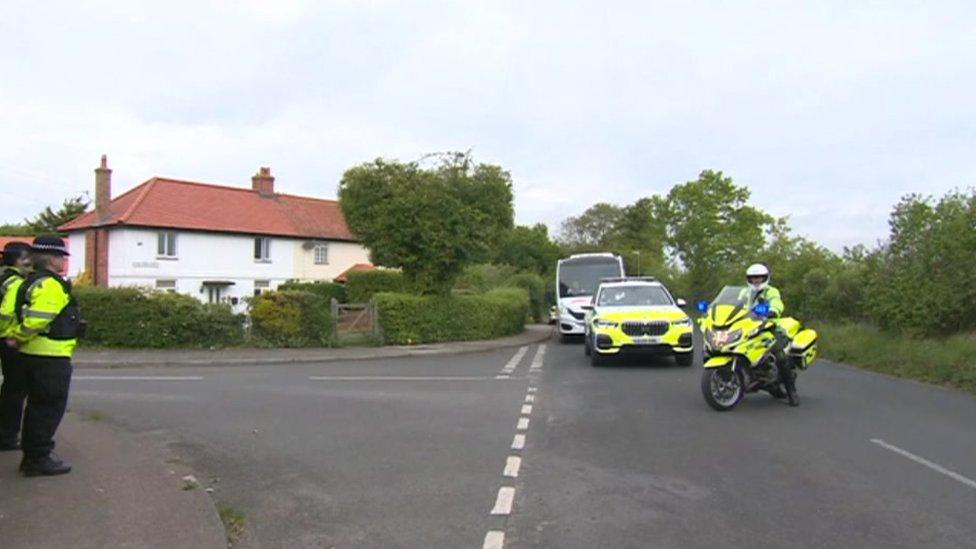
Jurors were taken to the home Callum Wheeler shared with his father in Aylesham
The "really weird dude" Mrs James described to her husband called 999 10 days before he attacked her. He said nothing during the call.
Police community support officers Sarah McGuinness and Emma Carmichael were sent to his house to follow it up.
The exchanges between him and officers were captured on one of the PCSO's body-worn cameras, footage from which was played to the jury.
Standing behind the door, Wheeler could be heard telling the officers to "get lost" and "go and bother someone else".
He said they probably weren't even "real police" and laughed when he described them as "phoneys".
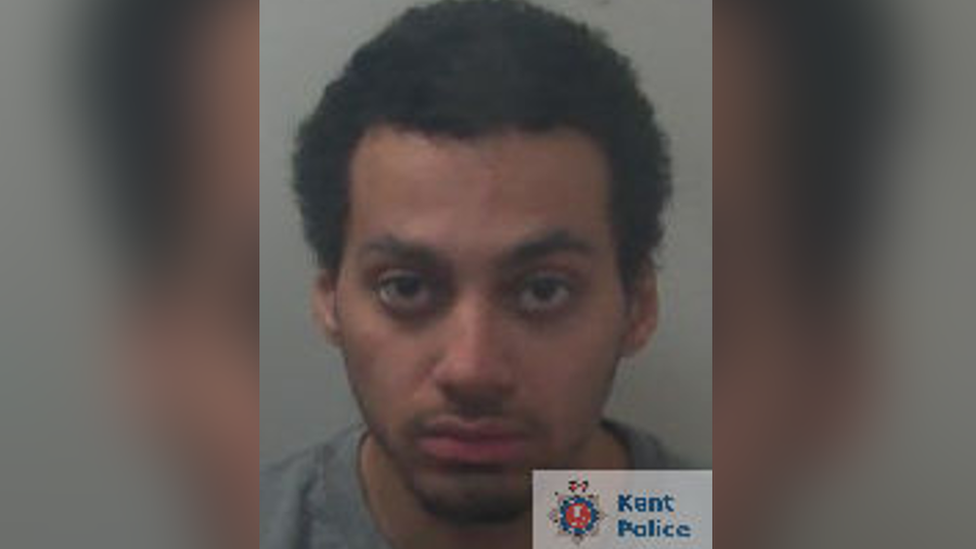
Callum Wheeler was a loner with few friends, police said
At the time of his arrest Wheeler was 21 and living with his father, having moved to the area from south-east London two years earlier. He wasn't in work or studying and had left school at the age of 15.
When officers seized his mobile phone it had very few contacts saved. He had no friends and spent his days watching television or going to football matches.
Mr Moss says: "This was somebody who had a life which consisted of nothing."
The police still do not know here he got the railway jack he used to murder Mrs James.
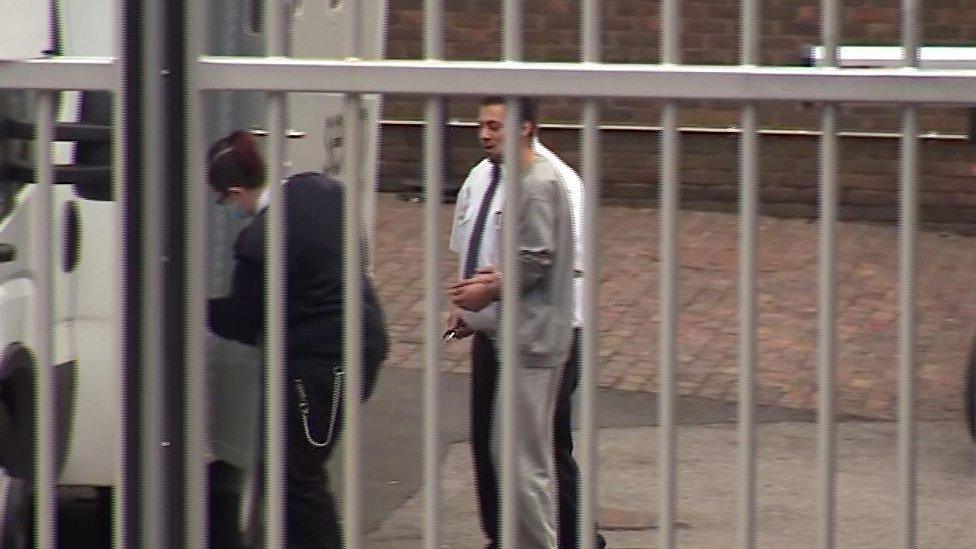
Callum Wheeler, pictured during an earlier hearing, had been seen by Mrs James prior to her death, the court heard
For months Wheeler denied everything. He disputed ever having been to the crime scene.
As the trial approached, he repeatedly refused to engage with his defence team. But on day one of the trial, he made a significant admission.
"Not guilty to murder," he said, "but guilty to manslaughter on diminished responsibility."
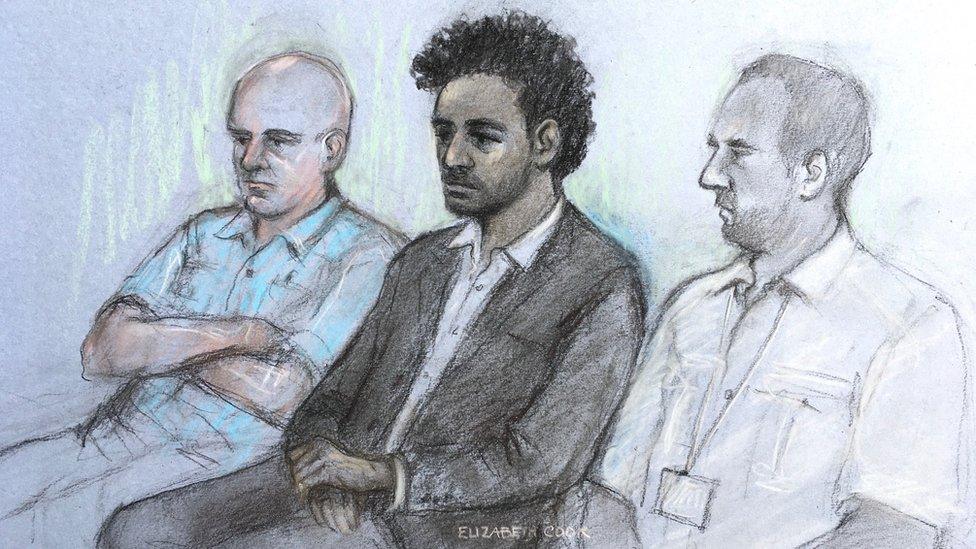
An alleged murder weapon was found in the defendant's bedroom, the court heard
Wheeler's denials meant Mrs James's family still had to face the ordeal of a trial. His lies meant they had to listen to horrific details of how he murdered her.
"She had no chance of survival," prosecution barrister Alison Morgan QC said.
Footage was played in court of the moment Mrs James's PCSO colleague attended the scene and saw her body. It left some of the James family in tears.
At times during the prosecution's opening, Wheeler was talking. He left the dock on several occasions and, before Friday's hearing began, he had to be carried out by three officials. At times, he was sitting bent so far over he couldn't see out of the dock.
Jurors were told to expect the trial to last four weeks. But evidence was condensed after Wheeler's admission on the first day of the trial.
His barrister, Oliver Blunt QC, went on to tell the court there would be no evidence on behalf of his client.
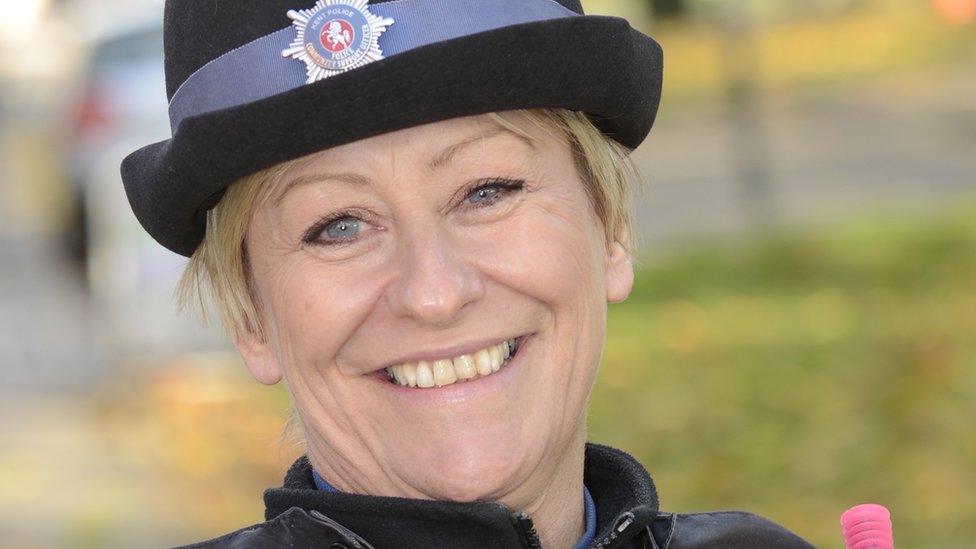
The court earlier heard Wheeler said PCSOs were "not real" police
Mrs James's colleagues have spoken of the deep loss they have felt as a force since her death. She devoted many years to serving the people of Kent with what they say was commitment and passion.
Having joined the force in 2008, she supported many victims of crime, with a particular focus on domestic abuse.
"Julia always looked to tackle problems," Assistant Chief Constable Tom Richards says. "She helped so many communities in Kent to flourish."
In 2018, Mrs James moved to Canterbury. It brought her closer to her family and she was said to have been very happy there.
She moved into a specialist role with victims of domestic abuse, providing safeguarding and support to the more vulnerable survivors and witnesses of domestic abuse.
Mr Richards says her "actions had such a positive impact on so many people". "She cared about the partners she worked with, cared about her colleagues," he says, adding her lasting impact had made this investigation a particularly challenging one.
"Julia was so important to us as a police force. She was very much loved," Deputy Chief Constable Tim Smith says. "The impact of this is really quite difficult as a force to deal with."

Follow BBC South East on Facebook, external, on Twitter, external, and on Instagram, external. Send your story ideas to southeasttoday@bbc.co.uk.
Related topics
- Published12 May 2022
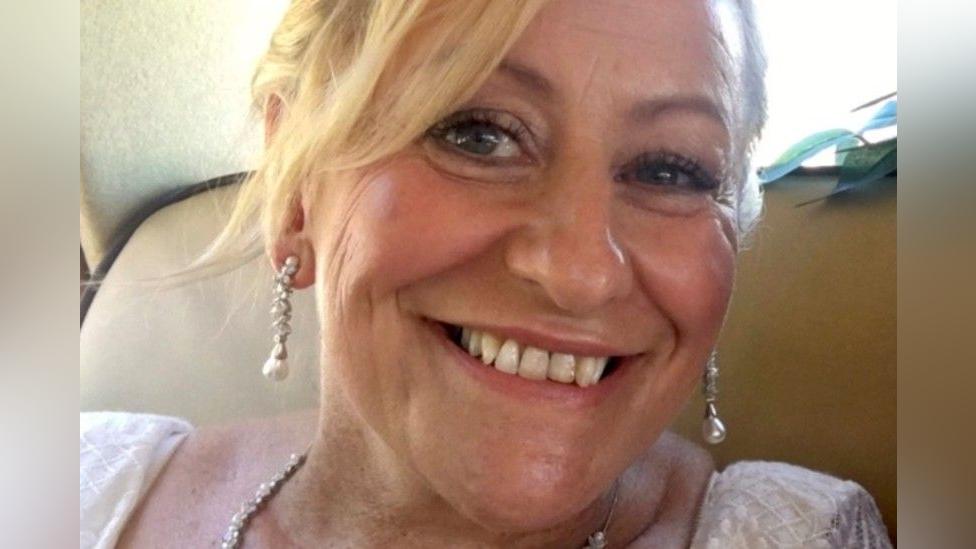
- Published11 May 2022

- Published10 May 2022

- Published9 May 2022

- Published22 July 2021
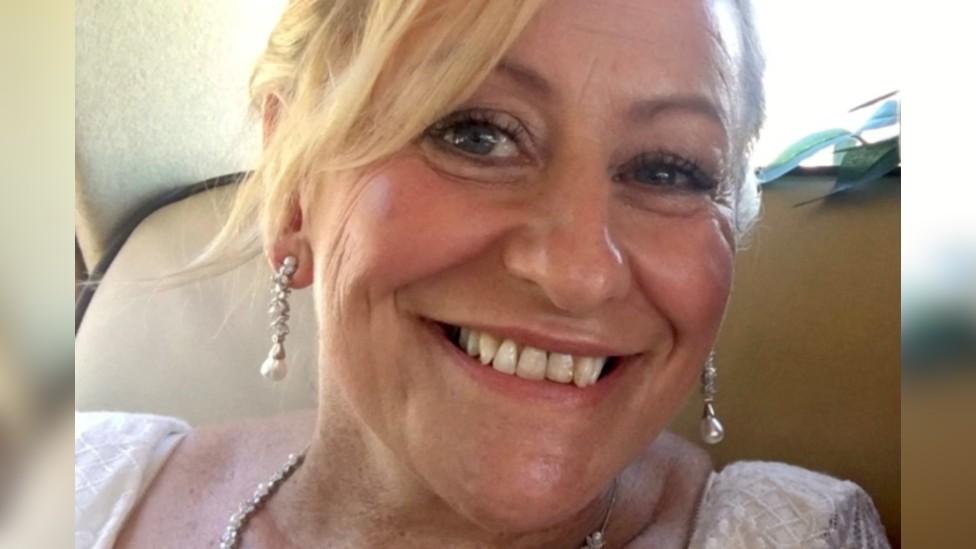
- Published11 May 2021
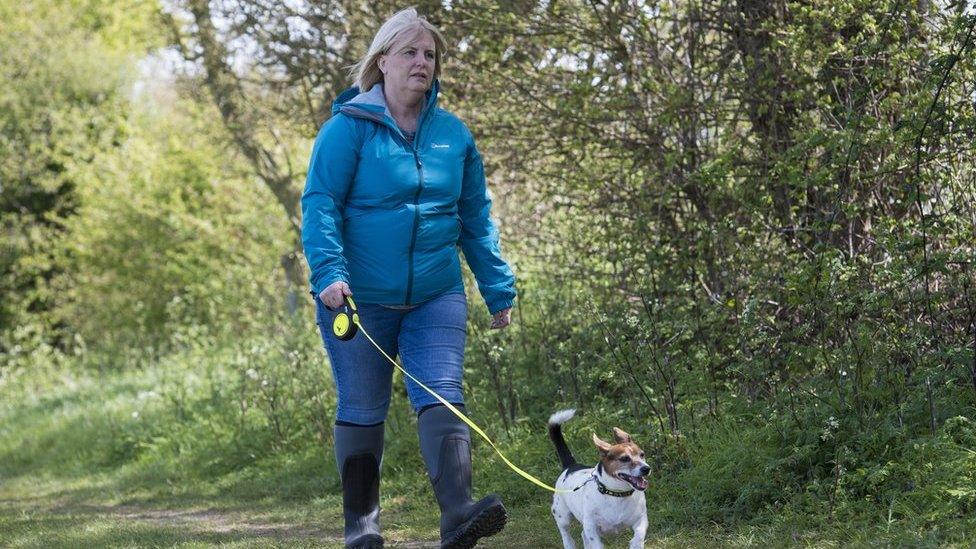
- Published30 April 2021

- Published28 April 2021
